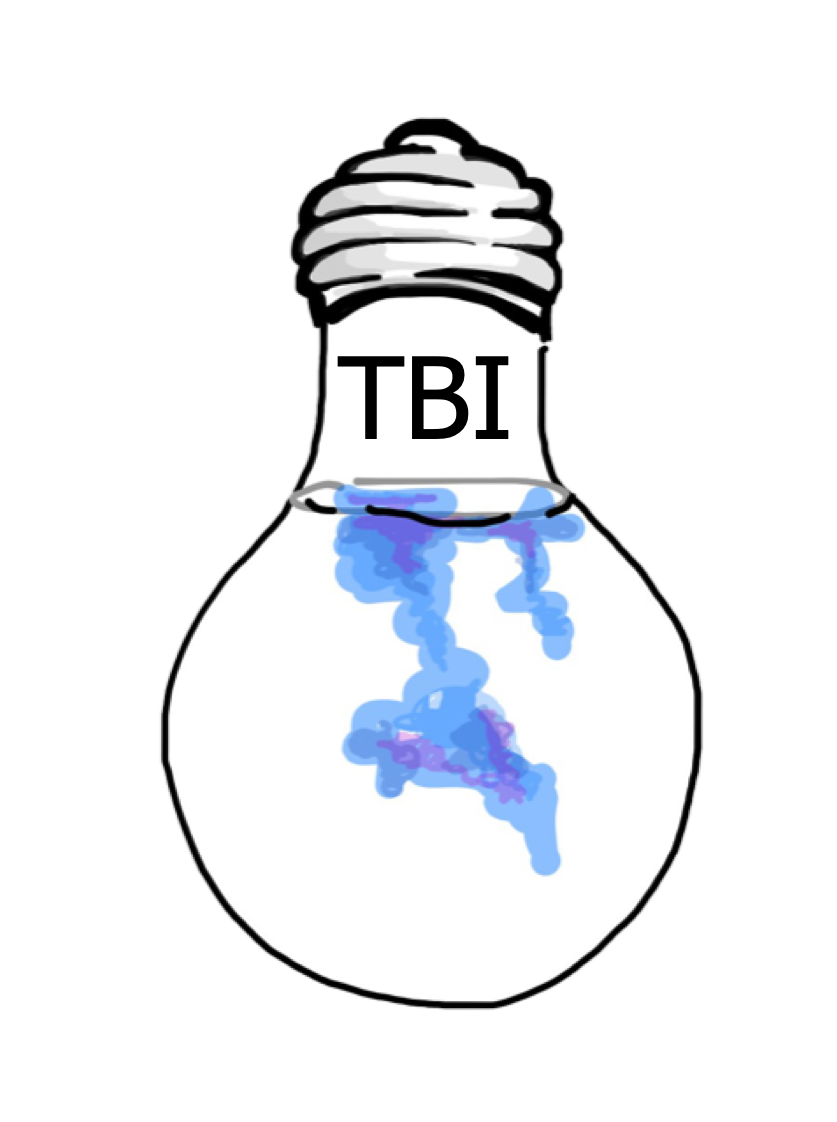Teaching Between Desks for Deeper Learning
Increased emphasis on fostering deeper learning for students suggests a fundamental change in teachers’ role and vantage point of instruction. The change requires less time teaching in front of class and more time roving among desks and teams to monitor and facilitate students’ collaborative work and problem solving.
The teacher’s interactions and decisions during students’ independent or collaborative “work time”—choosing what to focus on, how much time to spend with each team or individual, what to say or not say—has a crucial instructional value.
Japanese educators have a specific pedagogical term for describing this mode of instruction called kikan shidō (between desks instruction), carefully distinguished from a separate Japanese term, kikan junshi (between desks patrolling), which focuses merely on checking for right answers and behaviors. In our new book Teaching Better, we describe our first-hand experience with Japanese use of kikan shidō while working full-time as licensed teachers at a Japanese school.
We first learned of kikan shidō while participating in Japanese lesson study with a district-level research group for Japanese English teachers. Lesson study is a well-established form of teacher collaborative inquiry in Japan, which also gained popularity in the United States after publication of results from the Third International Mathematics and Science Study (TIMSS) video study. The central feature of lesson study is the observation and analysis of live classroom research lessons collaboratively planned by a group of teachers.
During one lesson study project hosted at our school, the English department prepared a detailed lesson for a ninth grade oral communication course and asked one of us to teach the lesson for the scheduled observation. The project goal was to foster student development of more advanced communication skills to generate and sustain English dialogue. The lesson included teacher modeling and several extended pair exercises that challenged students to produce and practice authentic English discourse with classmates.
During the post-lesson reflection meeting one observer suggested a more systematic approach to the use of kikan shidō, pointing out that most of the between-desks instruction focused on a few pairs of students who were struggling with the assigned exercise, while intermediate and advanced students received virtually no guidance or support. The observer suggested a shorter length of time with each pair focused on brief episodes of concise feedback. Based on our specific lesson goals, he emphasized the value of using this lesson segment to gain a global perspective on the progress of all students, including any emerging patterns that might warrant whole-class attention. These observations prompted further analysis and revision of the lesson as the team discussed ways to more intentionally distribute and differentiate support for all students during kikan shidō without neglecting the lower performing subgroup.
In another article we recently published in Educational Leadership, we expand on a study by O’Keefe, et al. (2006) by illustrating four principal functions of kikan shidō: (1) monitoring student activity, (2) guiding student activity, (3) organizing materials and the physical setup, and (4) engaging in social talk. We also describe how more intentional use of kikan shidō might help US teachers facilitate deeper learning for all students.
Learning to Teach Between Desks
Teachers in classrooms around the world spend hours of class time each week roving between desks during student activities, group projects, pair work, or individual practice. But how much of this time reflects thoughtful planning and carefully orchestrated assistance? Teachers will need sustained, collaborative learning opportunities and new professional development resources to practice and refine this mode of instruction and facilitate deeper learning. Important questions that help prepare teachers for kikan shidō include the following:
How does kikan shidō support the learning goals for this lesson?
What are my specific goals as I circulate?
How will I distribute my time with various groups and differentiate support?
What key understandings or misconceptions will I be looking for?
What probing questions will I use to check for understanding or advance student thinking?
What will I be careful not to say or do that might decrease the rigor of the task?
What materials will I need to distribute?
When should I engage in brief social conversation with students to provide encouragement and build relationships?
Using collaborative inquiry to plan and reflect on lessons that incorporate these questions is one way to develop effective kikan shidō practices. Carrying a copy of the lesson plan on a tablet or mobile device during kikan-shidō is also useful; teachers can review the plan on-the-fly during instruction and take notes as they observe students, perhaps even capturing audio and visual examples of student work.
Teacher teams can then discuss these observations in post-lesson reflection meetings. As we describe in our book, they can discuss kikan shidō choices in the lesson, such as the the type of guidance teachers provided during specific moments of student interaction, or which groups they selected to present at the end of the lesson and how kikan shidō observations informed those choices. Did these examples help facilitate a rich discussion on the range of problem approaches? Given the options available from the various approaches observed in observations, what were some other possibilities, and how might they have added or detracted from the culminating discussion?
This kind of deliberate planning and reflection will help teachers develop increasingly nuanced understandings of the choices presented in each kikan shidō episode and, most importantly, how these choices inhibit or enhance student learning.
To learn more about kikan shidō, collaborative inquiry, and other resources for improving instructional practice, check out our new book, Teaching Better: Igniting and Sustaining Instructional Improvement. Now available from Corwin Press.
References
Ermeling, B.A. & Graff-Ermeling. G. (2016). Teaching better: Igniting and sustaining instructional improvement. Thousand Oaks, CA: Corwin.
Ermeling, B. A., & Graff-Ermeling, G. (2014, October). Teaching between desks. Educational Leadership, 72(2), 55–60. Alexandria, VA: ASCD. ©2014 by ASCD. Adapted with permission.

